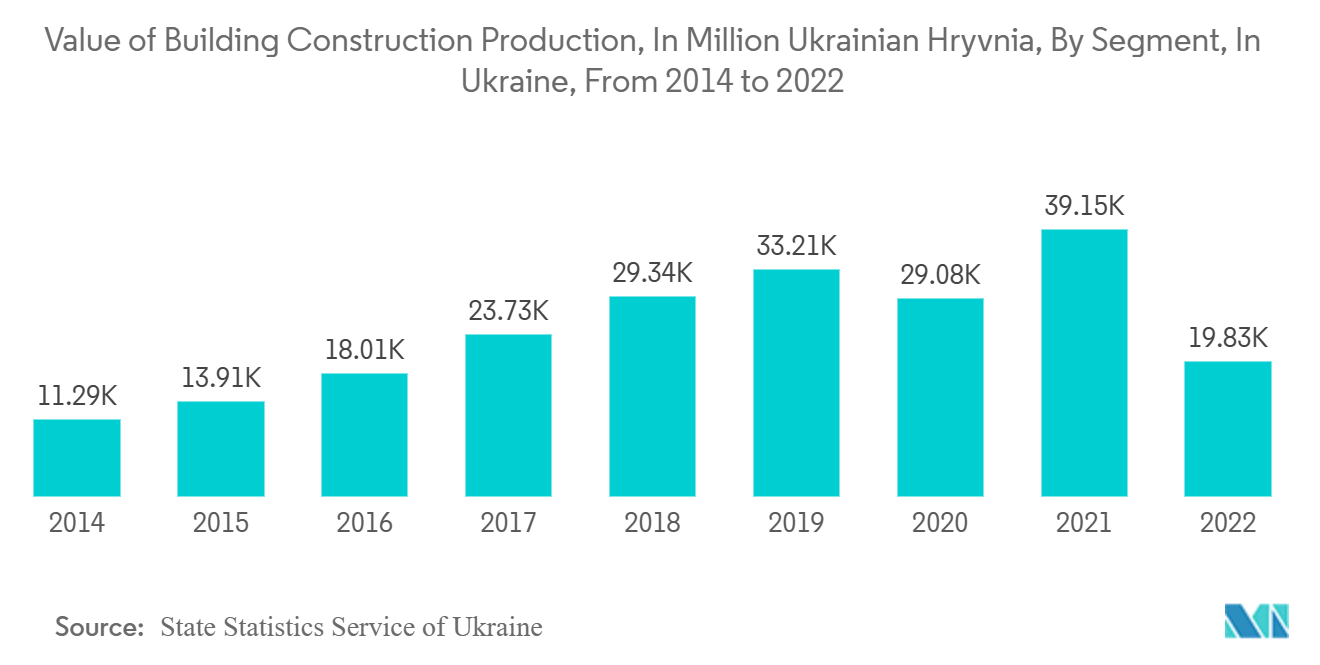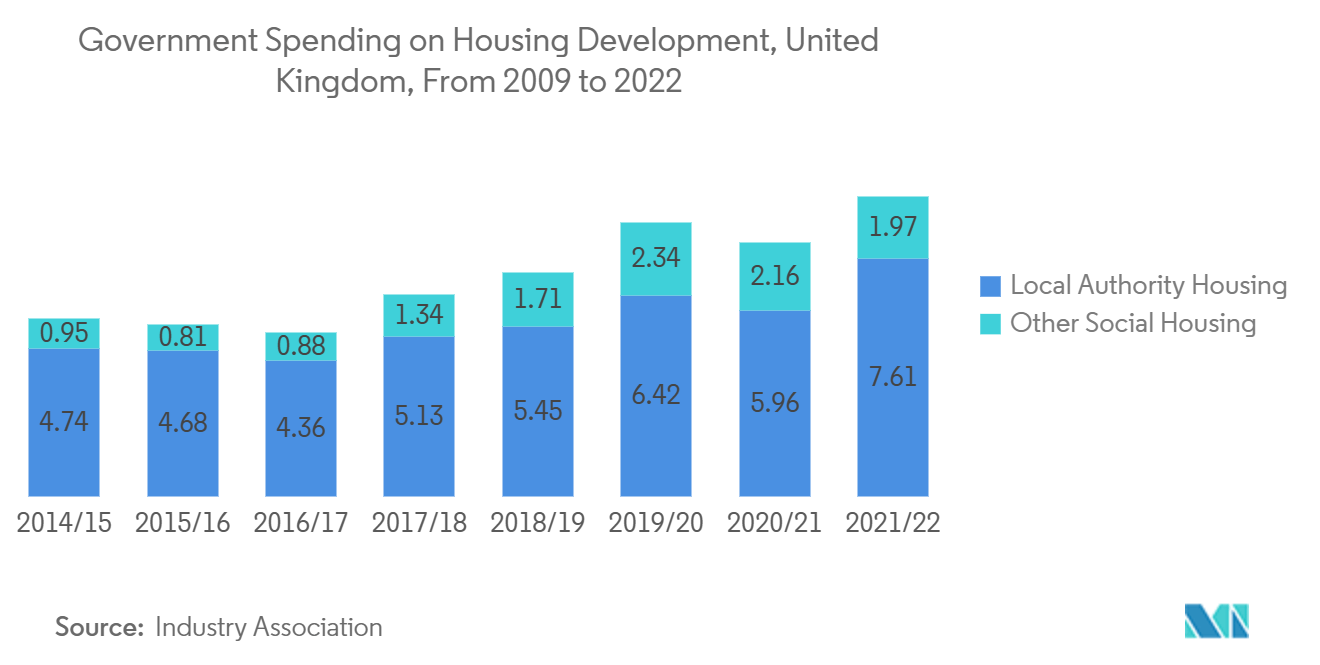Market Trends of Europe Prefab Wood Buildings Industry
National Urban Redevelopment Projects in Ukraine and Turkey
The vast infrastructure projects in war-torn Ukraine and earthquake-stricken Turkey will present considerable chances for significant players in the European prefabricated construction sector.
A 7.8-magnitude earthquake that struck Turkey and Syria on February 6, 2023, killed tens of thousands of people and badly damaged infrastructure in towns and cities on both sides of the fault line. The president of Turkey declared a substantial construction program to restore cities with safety and sustainability.
According to analysts, the post-quake urban renewal in Türkiye would offer enormous potential for the building industry and other allied businesses, with an expected investment of more than USD 250 billion.
Construction and related businesses should benefit financially from significant rebuilding and recovery projects in Ukraine and Turkey. The market for prefabricated buildings in Europe is thus anticipated to increase from 2023 to 2029 and beyond.
Russia has been at war with Ukraine for more than a year at this point. As a result, Ukraine's infrastructure has suffered significant damage. The cost of Ukraine's rehabilitation and recovery was estimated by the Ukrainian government, the European Commission, the World Bank, and its partners to be around USD 350 billion in September 2022. The price is expected to rise as the fight goes on. Türkiye would offer enormous potential for the building industry and other allied businesses,

Increasing Investments in UK Prefab Industry Could Boost the Market
Modular construction is gaining popularity across the European region, owing to population growth and shortages in housing. It is gaining momentum as an effective means to build affordable housing. The number of modular homes being constructed is growing in the country and the top construction companies, investors, and developers in the country are looking for prefabricated housing solutions. The increasing investments in the UK's modular construction sector are also boosting the growth of the prefab industry.
The structure of the housebuilding industry in the United Kingdom has also been a challenge in addressing the demand in the housing sector. Small-to-medium-sized housebuilders are facing problems from the banks to get loans. This factor and the rising land values and inflation in construction costs prevent new companies from entering the market. However, the rise of modular construction, with its reduced costs and build times, is allowing smaller housebuilders to enter the market. Modular construction is acting as an enabler, offering easier entry into housebuilding for new developers. There are fewer errors and costly disruptions in Precision-engineered homes.
The country's infrastructure pipeline currently has a budget of over USD 745 billion over the next decade, with around USD 55 billion being for housing. Residential construction is expected to grow, with the government announcing a housing stimulus package worth USD 19 billion distributed up to 2023. The USD 37 million investment, split into a USD 18.5 million mezzanine and USD 18.5 million senior facilities, comes from Homes England's USD 6 billion Home Building Fund. The investment follows a deal for Ilke to provide 750 homes for northern housing giant Places for People.


